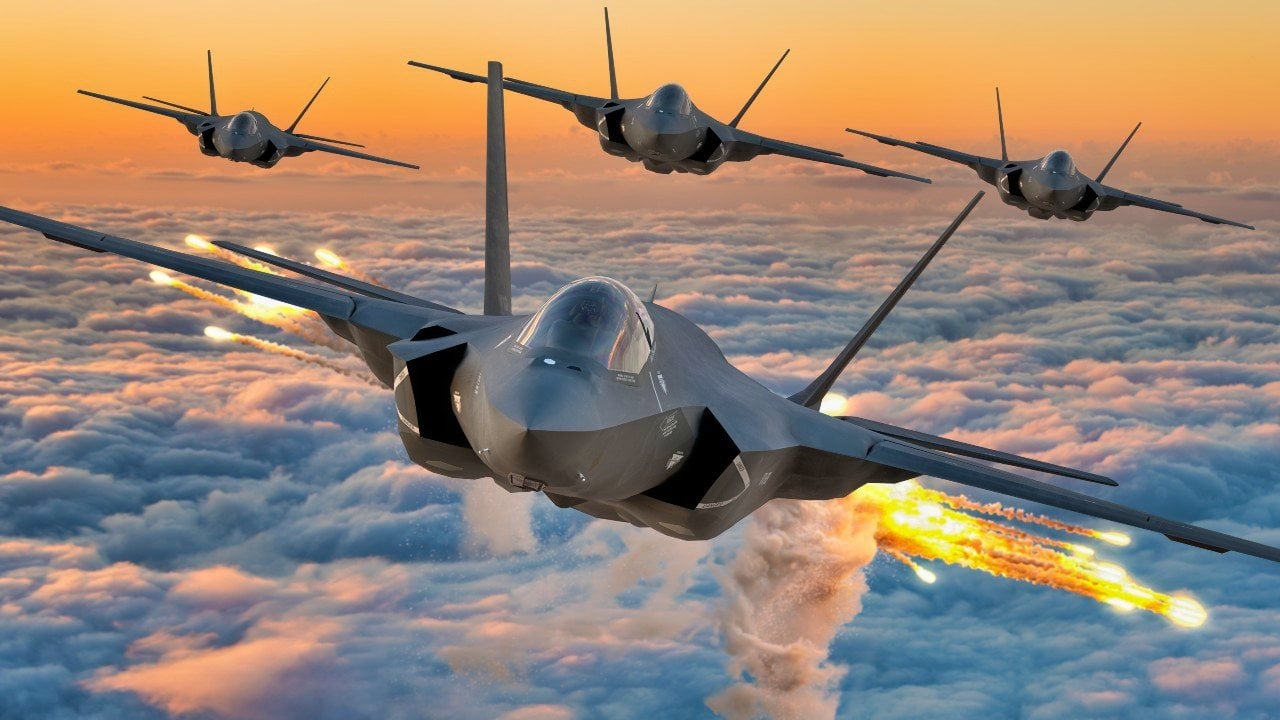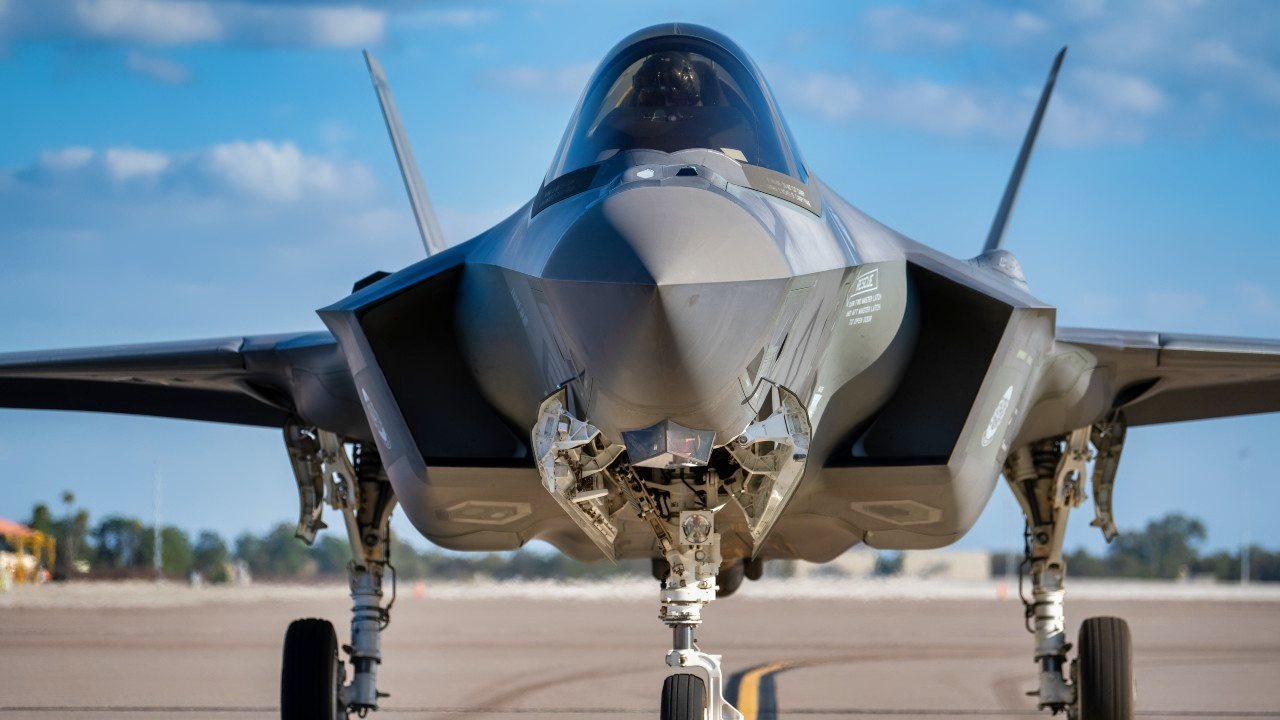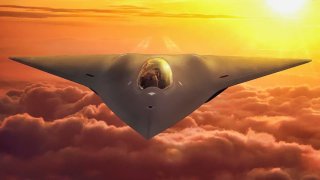NGAD: The U.S. Air Force's Great 6th Generation Fighter Gamble
The U.S. Air Force is heavily investing in its Next Generation Air Dominance (NGAD) program to ensure aerial supremacy through the mid-21st century. This sixth-generation platform, comprising advanced fighters and AI-enabled drone wingmen, is a response to the rapid advancements in aerial technology by Russia and China.
Summary: The U.S. Air Force is heavily investing in its Next Generation Air Dominance (NGAD) program to ensure aerial supremacy through the mid-21st century. This sixth-generation platform, comprising advanced fighters and AI-enabled drone wingmen, is a response to the rapid advancements in aerial technology by Russia and China.

-With an estimated budget of $28.5 billion from 2025-2029, each NGAD airframe will cost "multiple hundreds of millions" of dollars.
-The program, rooted in DARPA’s 2014 Air Dominance Initiative Study, aims to replace the aging F-22 fleet.
-Featuring cutting-edge materials, sensors, and engines, the NGAD will likely be the first sixth-generation fighter to enter service globally, ahead of similar programs in Beijing and Moscow.
U.S. Air Force's NGAD: Pioneering the Future of Air Dominance
The U.S. Air Force is betting on its upcoming Next Generation Air Dominance (NGAD) fighter in order to retain supremacy in the skies well into the middle of the century.
The developing sixth-generation platform is the service’s answer to the current threat environment. Russia and China are rapidly expanding their own aerial programs, and the race to secure the technology of the future is ongoing. Time is of the essence.
The Air Force has drastically increased its planned spending on the NGAD program. According to recently published budget documents, the service is set to spend at least $28.5 billion from 2025-2029. While exact price estimates will probably shift down the line, each new airframe will cost “multiple hundreds of millions” of dollars, according to Air Force Secretary Frank Kendall.
NGAD may cost taxpayers a large sum over the years, but maintaining air supremacy will be well worth it.
The Origins of NGAD
Back in 2016, the Air Force released its Air Superiority 2030 Flight Plan, which evolved into the NGAD. DARPA’s Air Dominance Initiative Study, published two years earlier, was at the heart of the program.
The futuristic “family of systems” consists of a sixth-generation fighter and a constellation of AI-enabled drone wingmen. As detailed by Sandboxx News, “At the heart of the Collaborative Combat Aircraft concept is the need for capable artificial intelligence agents that can fly NGAD’s drone wingmen, take cues from local human operators, and even serve as advanced co-pilots inside the crewed fighter itself to help reduce the massive cognitive load pilots must manage while flying their aircraft in combat. The Air Force’s Project VENOM is among the efforts underway to make exactly that happen.”

In addition to the presence of uncrewed systems, the NGAD will include the output of the Advanced Engine Technology Program aimed at improving electrical power generation. The sixth-gen platform is also expected to feature innovative composite materials and structures, as well as a range of sophisticated radar, sensors, and electro-optical cameras. The ultimate goal is to fully retire the older fifth-generation F-22 aircraft once enough NGADs are produced. For now, the service plans to procure around 200 NGAD stealth fighter jets, although the number could change.
Beyond NGAD: Enter F/A-XX
The Air Force’s NGAD is not the only next-gen platform in the works in the U.S. military.
The Navy is also developing a sixth-gen F/A-XX jet. Recently, the Navy made drastic cuts to its new fighter, however, in order to contend with congressionally imposed budget cuts. It appears the Air Force’s sixth-gen platform will be the first of its kind to enter service in the country.
If Beijing and Moscow are slower to produce their own futuristic counterparts, the Air Force’s NGAD will be the first of its kind to enter service across the globe.
About the Author: Maya Carlin
Maya Carlin, National Security Writer with The National Interest, is an analyst with the Center for Security Policy and a former Anna Sobol Levy Fellow at IDC Herzliya in Israel. She has by-lines in many publications, including The National Interest, Jerusalem Post, and Times of Israel. You can follow her on Twitter: @MayaCarlin.
All images are Creative Commons or from Shutterstock.


